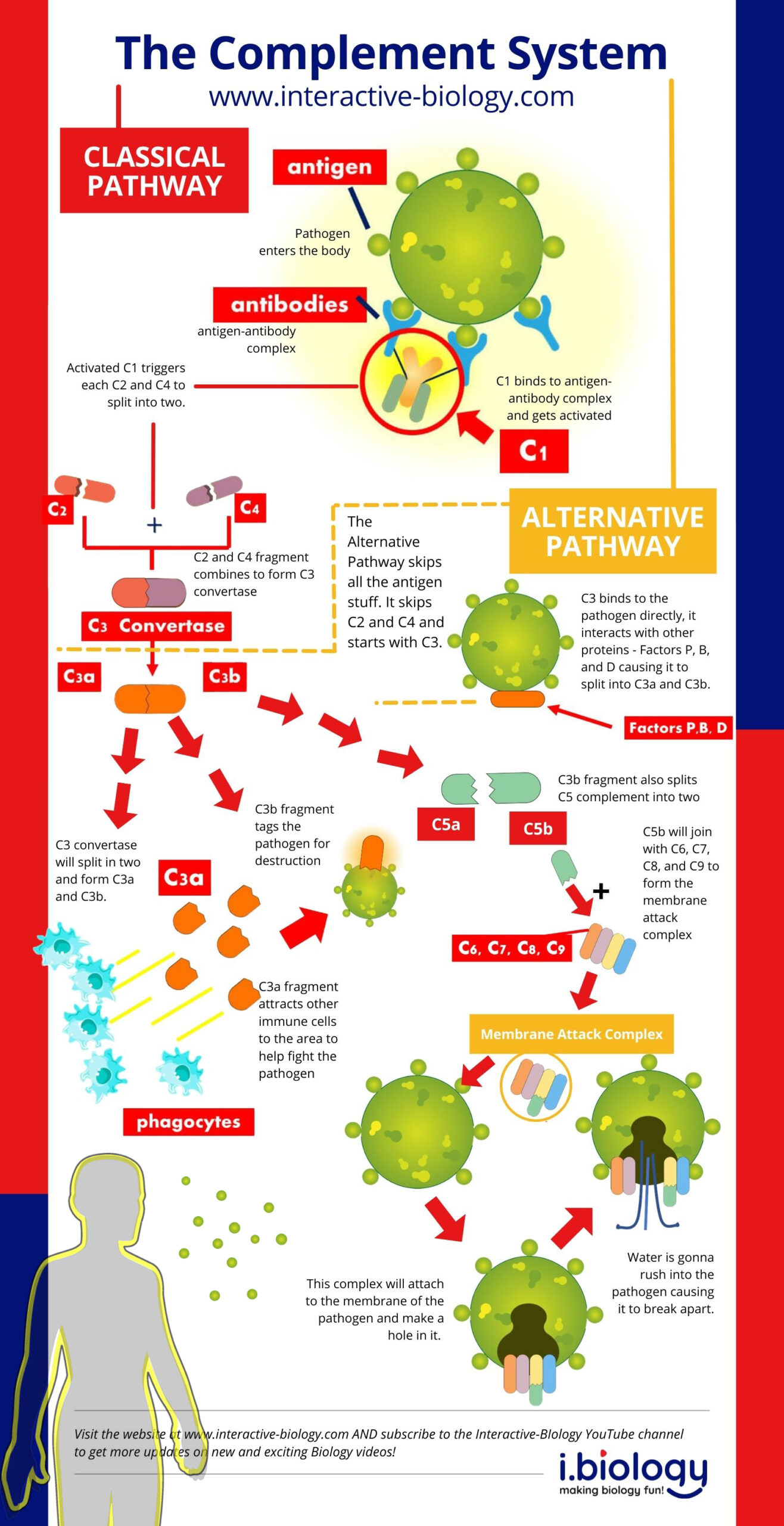Leave a Comment here.
The complement system involves a series of proteins found in the blood that are part of the immune response. But what exactly are they, and how do they function? By the end of this post, you’ll have a better understanding of it all.
Topic Outline:
These proteins are made in the liver and then sent to the blood. The names of these proteins are going to be easy to remember. In the process we’re explaining, we deal with C1 to C9 namely,
Once you know the classical pathway, you also know the alternative pathway because it’s part of the classical pathway. So let’s look at the classical pathway first.
The Classical Pathway of the Complement System
This pathway is like a cascade of events. One event triggers the next, which triggers the next, etc. Once it starts, it goes all the way to the end. Similar to what you get with domino toppling. Here’s how it works.
Activation of Complement 1 (C1)
A pathogen gets into your system. This pathogen has antigens on its surface that are recognized by an antibody. The antibody binds to the antigen. When that happens, C1 binds to that antigen-antibody complex and gets activated.

Formation of C3 Convertase
When that C1 is activated, it will cause C2 and C4 to split in two. Now we have two fragments from C2 and two fragments from C4. One of the fragments of C2 will then combine with one of the fragments of C4 to form an enzyme called C3 convertase.

When that happens, C3 convertase will split in two and form C3a, a smaller fragment, and C3b, a larger fragment. The smaller fragment will diffuse out and attract other phagocytes into the area. These are the cells that come in and will start eating up pathogens to get rid of them.
The smaller C3a fragment is like a chemical attractant that serves as a signal to bring these other recruits in so they can help out.
The larger C3b fragment will bind to the surface of the pathogen. This tags the pathogen for destruction. But that’s not the ONLY way it helps to destroy the pathogen.
Formation of the Membrane Attack Complex
C3b will also cause C5 to split into C5a and C5b. And then, for the final step in the process, C5b will join with C6, C7, C8, and C9 to form the membrane attack complex. This complex will attach to the pathogen’s membrane and make a hole in it. When that happens, water rushes into the pathogen causing it to break apart.

So as we see, we have this series of proteins forming this cascade of events that all help to just try and get rid of whatever that pathogen is.
The Alternative Pathway of the Complement System
The alternative pathway is very similar to what we just went through. However, it skips the first few steps and starts with C3. C3 gets activated directly by binding to the pathogen itself. Once it binds to the pathogen, it interacts with other proteins (factors P, B, and D).

That interaction causes C3 to split into C3a and C3b. From there, the rest of the pathway continues, as shown above. So the classical pathway starts with the antigen-antibody complex, which means it’s part of the specific immune response. The antibody recognizes a specific antigen and triggers the complement cascade starting with C1 all the way down to C9.
The alternative pathway isn’t specific. C3 binds directly to the pathogen and triggers the rest of the cascade (independent of detecting a specific antigenic portion on the pathogen). In both pathways, we recruit other phagocytes, tag the pathogen for destruction, and form the membrane attack complex to destroy the pathogen by creating a hole in the membrane and then filling up the pathogen with so much water that it pops.
It’s amazing to see how our bodies are optimized to protect us from harmful stuff. I just love it.


